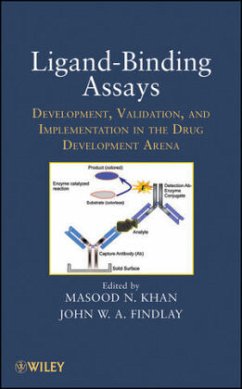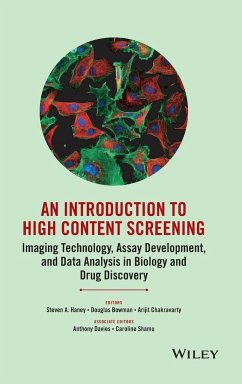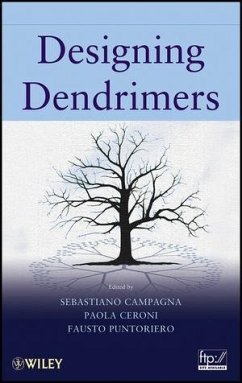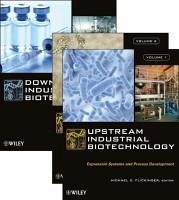
Calcium Binding Proteins
Versandkostenfrei!
Versandfertig in über 4 Wochen
183,99 €
inkl. MwSt.
Weitere Ausgaben:

PAYBACK Punkte
92 °P sammeln!
An up-to-date exploration on the latest developments in all the major families of calcium binding proteins Playing a prominent role as a signal transducer, calcium is an important participant in the communication pipeline directing cellular activity. This expert guide explains the unique and highly diverse functions of calcium in biology, culminating with a discussion of the calcium binding proteins that act as secondary messengers in cells and are responsible in controlling vital bodily mechanisms such as muscle contraction and the regulation of enzymes. A comprehensive volume reflecting brea...
An up-to-date exploration on the latest developments in all the major families of calcium binding proteins Playing a prominent role as a signal transducer, calcium is an important participant in the communication pipeline directing cellular activity. This expert guide explains the unique and highly diverse functions of calcium in biology, culminating with a discussion of the calcium binding proteins that act as secondary messengers in cells and are responsible in controlling vital bodily mechanisms such as muscle contraction and the regulation of enzymes. A comprehensive volume reflecting breakthrough science, Calcium Binding Proteins: * Contains current information on all major families of calcium binding proteins including their structural, physico-chemical and functional properties, as well as their evolution * Discusses techniques that underlie the description of proteins, including NMR, circular dichroism, optical rotatory dispersion spectroscopy, calorimetry, and crystallography * Describes the structures, physical characteristics, functions, and general patterns in the evolution of calcium binding proteins This book relies on the most current biological findings to cover the patterns of biochemical phenomena such as calcium homeostasis, min-eralization, and cell signaling involving specific proteins. Summarizing ongoing studies and presenting general hypotheses that help to focus future research, Calcium Binding Proteins provides newcomers to this field as well as established professionals with a conceptual framework instru-mental in advancing their scientific pursuits.












